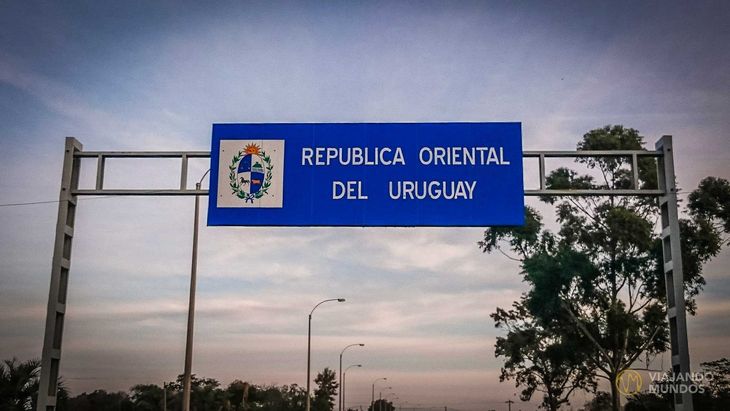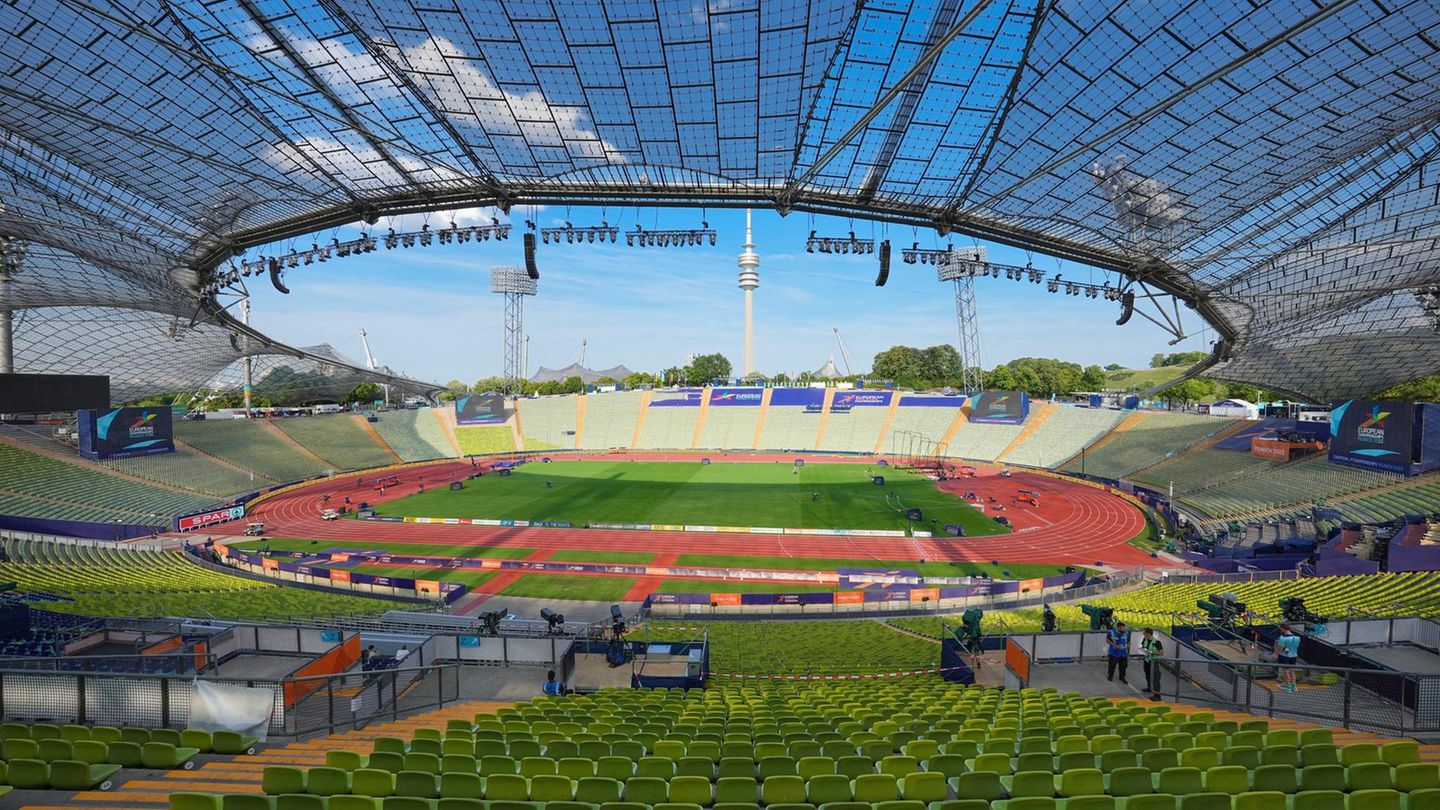Argentina will have the elections this Sunday Simultaneous and Compulsory Open Primary (PASO)the first electoral step towards the formation of the new government, and just as the markets of the neighboring country are attentive, so are they in Uruguay the authorities and different economic actors, due to the impact that the results may have on the River Plate economies.
The PASO are still internal elections that define who will be the candidates who will participate in the general elections in October. However, in the middle of a political and economic uncertainty that, far from stabilizing, is exacerbating with the passing of the days, the markets are alert. And therefore everyone else is too; even in Uruguay, whose economy has been strongly feeling the impacts of what is happening in the neighboring country.
The scenarios being considered in Argentina
In this sense, the electoral results propose different scenarios: in the event that Together for Changethe main opposition, manages to get a greater difference than projected on the official candidate, the current minister of Economy Sergio Massa, markets are expected to react relatively well, without major changes. In this case, it would be necessary to see what measures the government will take to try to reverse the results in October, and how that will be taken by the financial actors.
According to analysts, it would be likely a official dollar devaluation and, therefore, a drop in financial dollars, seeking to reduce the gap and begin the monetary adjustment that the IMF —and that Juntos por el Cambio would carry out.
The continuity of the ruling party —which presents itself as Union for the Fatherland— It would also be read as “positive” by the markets, due to the profile of the Peronist candidate, although in this scenario the official dollar would remain, and the evolution of the exchange rate gap would be subject to the economic performance of the government in the coming days. Arguably, in this case, there would be no big immediate changes.
A third scenario contemplates the possibility that the Libertarian candidate javier milei perform better than expected and manage to point towards an eventual ballotage. The intention of the economist is dollarize, and in the markets there is uncertainty about what real opportunities it would have in this regard. For now, stocks and bonds in dollars could be expected to rise, with a positive impact on the exchange rate.
BALLOTS STEP 2023.jpg
The results of the PASO elections in Argentina would be well received by the markets, so the exchange difference with Uruguay would not be aggravated.
In Uruguay, the focus is on the blue dollar and the exchange difference
while in Argentina polls come and go without great certainty, in Uruguay he Central Bank (BCU) remains attentive to the effects that the political future in the neighboring country may have on the local economic situation.
In principle, Argentina’s economic activity is expected to continue falling —despite unexpected growth in the Gross Domestic Product (GDP) during the first quarter—, mainly due to the impact of the drought and high inflation. This will keep the country cheap compared to Uruguay, moving recessive effects on activityvia the convenience of outbound tourism, consumption flight and weakness of incoming tourism.
In this sense, eyes are on what could happen with the dollar blue after the STEP, and the consequences that this could have at the local level. If the scenarios that are handled between the Argentine markets are taken into account, the good news is that, in principle, there would be no large rises in the parallel dollar, so the exchange difference it should not grow significantly in the short term —as it is happening in the run-up to the elections.
It should be noted that the price gap —produced mainly by the difference in the exchange rate between one country and another— fell to the lowest figure of the year in July, standing at a 126%, according to the last Border Price Indicator Report (IPF) of the Economic Observatory of the Catholic University of Uruguay (UCU). This indicator, in May, had been 144%.
Although the price variation also depends on the inflationary levels of each country —which in Uruguay have been down for three consecutive months, while in Argentina they continue to rise—; if one takes into account a short-term evolution of the exchange rate without large variations or, even, downwards, it could be expected that the critical situation on the coast, at least, would not worsen, giving greater margin of action to the government.
Uruguay Border.jpg

The greatest impact of the Argentine economic situation is felt in the departments of the Uruguayan coast.
Photo: Traveling Worlds
What happens if, finally, the reaction of the markets is negative?
In a negative scenario, the most expected thing is that the blue dollar climbing continue or, in the worst case, it will shoot up in a similar way to what happened after the PASO of 2019 —when the devaluation was more a political decision than a purely economic one.
In this case, Uruguay will have a complex economic scenario, deepening of different variables that already have an impact on the activity of the country and on the State accounts. Above all, in terms of tourism and domestic consumption, which is increasingly carried out on the other side of the border; and the fall of the tax collection, that puts the government in a financial bind in the last stage of management prior to the elections.
In this regard, the Advisory Fiscal Council (CFA) already warned that the greatest risk factors for Uruguay are associated with Argentina, where they anticipate that the negative scenario will last. It is not necessary to be an expert to notice that, before an escalation of the blue dollar, the unfavorable outlook it would get worse.
According to official data, Uruguayan spending on Argentina between April and June it was estimated at $305 million. The figure is top 80% to that registered in the same period of 2019 (pre-pandemic), in real terms, according to the calculations of C.P.A. Ferrere. In as much, the expense of the Argentineans in Uruguay is estimated at about 100 million dollars in the same period, a 43% drop compared to the year 2019. Thus, the tourist balance was negative by 205 million dollars in the second quarter.
Meanwhile, growth is expected internal consumption 3% for this year. However, of that total, according to data from the consultancy lush, half of that growth —1.5%— will be realized in Argentina. This translates not only into the drop in sales of local businesses —especially those in the coastal departments— and the immediate effect on employment; but also in a lower collection due to the drop in economic activity, which already fell by 2.2% in June, mainly as a result of VAT and imesi, and 0.6% during the first semester.
Source: Ambito




